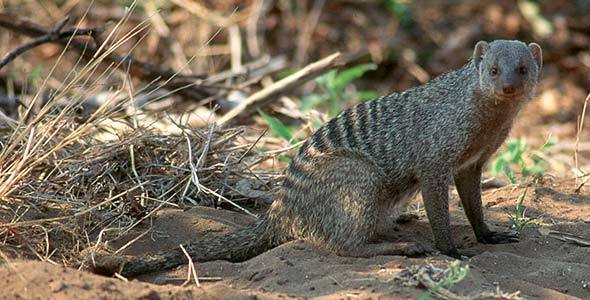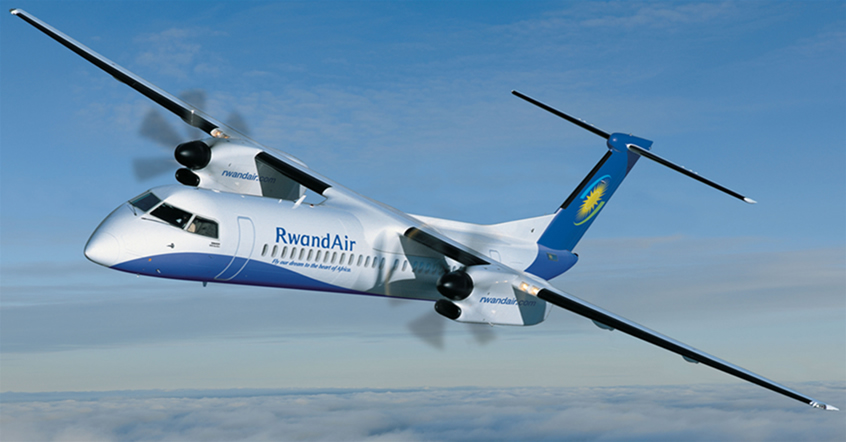The Banded Mongoose
The banded mongooses also called Mungos mungo feature among the few unique variety of mongoose which are commonly sighted in East and Central Africa. These amazing species come in small sizes and they are normally found within the savanna grasslands, open forests and grasslands. Mongooses depend on beetles and millipedes, use different kinds of dens for refuge most of which include the termite mounds. Whereas most of them can be found in isolation, the banded mongooses usually stay in colonies and make a complex social pattern. They feature rough grayish brown fur, clear bands at their backs, long tails nearly like that of their entire body length and large heads though with dark face and legs. Banded mongooses feature small ears compared to the size of the head and for those that are normally found around wet areas are bigger and darker in color unlike those in the dry areas. For those of you who are keen enough, you will realize that these species have long and strong claws which they make advantage to dig the burrows and for defense. They weigh approximately 1.5 to 2.25 kilograms and their length ranges from 30 to 45 centimeters.
Besides feeding on millipedes and beetles, banded mongooses also depend on ants, crickets, grasshoppers, caterpillars, earwigs, small reptiles, myriapods, frogs, lizards, tiny snakes, ground birds, eggs of birds and reptiles. At times, they drink water from rain pools and Lake Shores and they feed in a group though every member looks for food independently. Banded mongooses feed early in the morning for some good hours and have a rest under the shade. After, they will have another session of feeding in the afternoon and just like humans, they also have sense of smell which helps them on how to identify their preys and scoop them out using their long claws whether in the ground or holes in the trees. They normally find themselves around the dung of huge herbivores as they depend on beetles. Low grunts are produced after every few seconds as way for them to communicate and forage independently. While hunting for preys, they roll them on the ground and the durable ones are thrown on the hard surfaces.
Banded mongooses can be seen moving in groups of about 7 to 40 members and in average, they can be 20. The groups sleep together in underground dens especially termite mounds and they can change dens after about two to three days. For those that don’t find where to sleep become preys for wild dogs however, they are hard to be pressed since they make a compact pattern where they lie on each other while their heads face outsides and upwards. Other notable predators include hyenas and lions as well as prey birds, snakes especially pythons though they have not been the main target given their large groups and defensive character.
Compared to the rest of mongoose, all female banded mongooses can breed. They reach oestrus period within 10 days after giving birth and they can be fully guarded and mated by at least one to three males. The dominant males keep monitoring the females and aggressively protect them from subordinates. Whereas most of the males dwell much on mating, the females usually escape from them and mate with other males within the group. Dominate males takes two to three days while protecting every female and for any male which comes close, it can be snapped at. They have gestation of about 2 to 3 months and usually nearly all females give birth the same day. The litters range from two to six pups and average of four. The first 4 weeks of life, pups live within dens where they make an exclusive relationship with a single helper. Males tend to be aggressive unlike females and they are protective of their boundaries. At time of mating, the aggressiveness can be seen from males and females.
In Uganda, banded mongooses are found in Queen Elizabeth National Park and Murchison Falls National Park (they feature about five distinct species of mongoose-the banded mongoose, marsh mongoose, savanna, white tailed mongoose and Egyptian mongoose). Other areas include Serengeti in Tanzania, KwaZulu Natal of South Africa.


